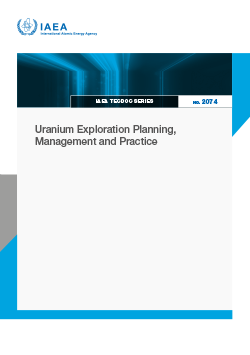Description
The objective of this Technical Document is to provide clear guidance including best practices and recommendations for the planning, management and implementation of uranium exploration projects. It provides a systematic approach to the development and implementation of uranium exploration programmes. The intended audience includes, but is not limited to, government decision makers at all levels, governmental officers in mineral resources, government geological surveys, mining operators and individuals, private companies and universities with interests in mineral exploration.
More Information on reusing IAEA copyright material.
Keywords
Uranium Exploration Planning, Management, Practice, Best Practices, Implementation, Exploration Projects, Uranium Exploration Programmes, Governmental Officers, Mineral Resources, Government Geological Surveys, Mineral Exploration, Nuclear Fuel Cycles, Investment in Exploration, Prospectivity, Explorability, Exploration Management Process, Stakeholders, Graphical Representations, Uranium Deposit Type, Exploration Methods, Geology, Geochemistry, Geophysics, Remote Sensing, Drilling, Surveying, Data Interpretation, State Gate Systematic Approach, Exploration Process, Assessing Prospectivity, Risk Factors, Mining Risk, Country Risk, Social Risk, Reputational Risk, Mining Process, Exploration Project Planning, Exploration Phases, Mineral Deposit Definition, Mining Feasibility Studies, Role of Agencies, Governments, Consultants and Academia, Uranium Deposit Type, Uranium Deposit Classification Scheme, Sandstone, Metamorphite, Carbonate, Proterozoic Unconformity, Geological Observations and Mapping, Survey Considerations, Area Selection, Reconnaissance Exploration, Review
Related publications
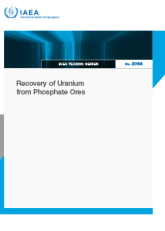
2025
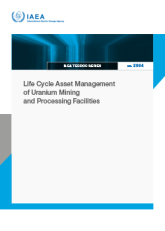
2025
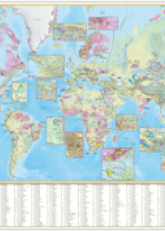
2024
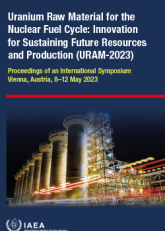
2024
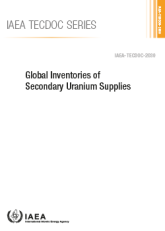
2023
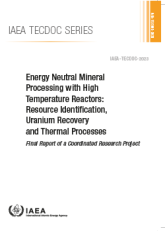
2023
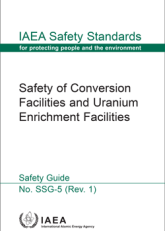
2023
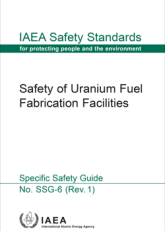
2023
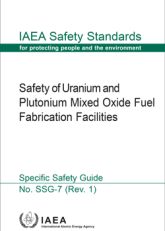
2023
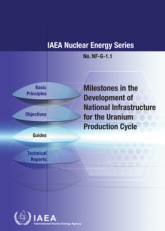
2023
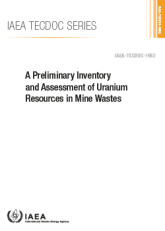
2021
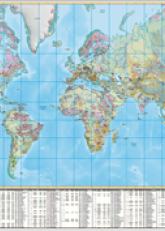
2021
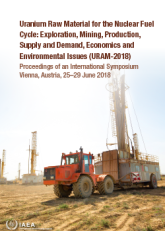
2020
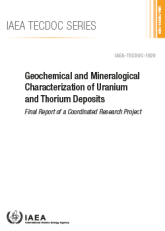
2020
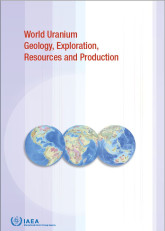
2020
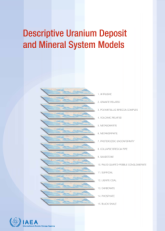
2020
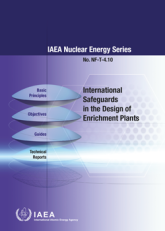
2019
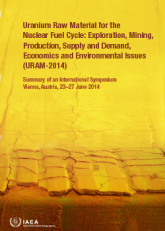
2019


